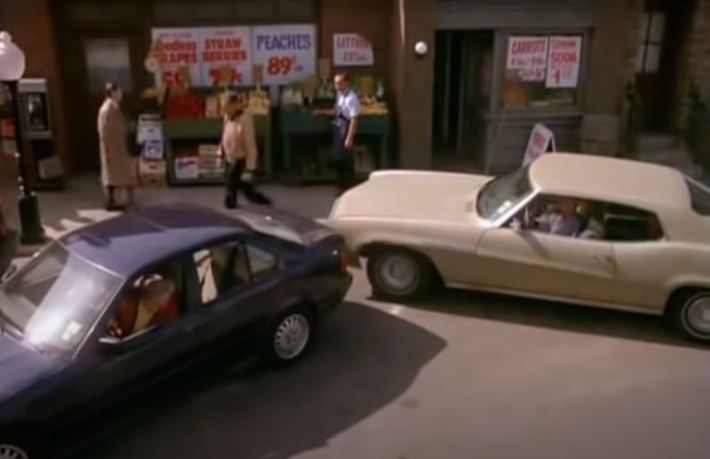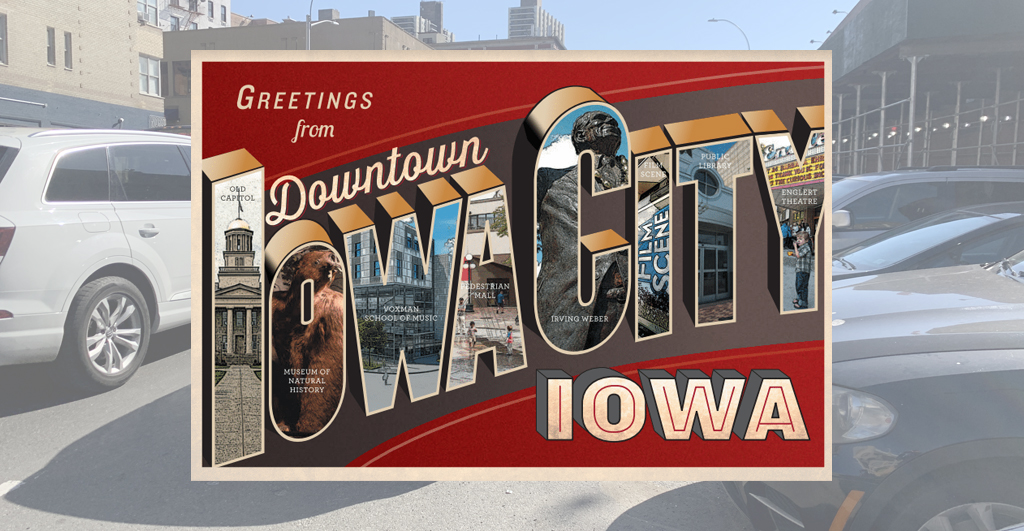A version of this piece originally appeared on Greg Shill's Substack, Infra/Structures.
Prof. Donald Shoup has been teaching at the UCLA planning school for half a century, but his influence on urban parking policy continues to grow. Among other things, his work took something that people consider a boring and picayune question of municipal arcana — urban parking — and revealed it for the seriousness it deserves and the tradeoffs it requires.
Shoup advocates a market-based approach for parking as opposed to heavily prescriptive policy mandating that new construction be accompanied by off-street parking. As YIMBYism and urbanism continue their march into the mainstream — see the speeches of Barack Obama and others at the 2024 Democratic National Convention — his work is receiving deeper engagement, and rightly so.
Most of the policy and media conversation on parking policy is part of a larger conversation about urbanism in big cities, but the fundamental challenges of parking policy are not limited to big cities. In certain respects, they are more acute in college towns that lack transit access comparable to big cities. In common with resort communities, these places also sometimes experience surges in demand for access to the central area that are seasonal or otherwise cyclical. In the summer, they are surreal — they have all or most of the amenities intended for a larger, denser population with far fewer people competing for them.
Meanwhile, football Saturdays present the opposite problem: the city’s population may double half a dozen days a year, but of course the city can’t construct parking infrastructure to accommodate that. As a native of Ann Arbor who teaches at the University of Iowa in Iowa City, I’ve had occasion to both contemplate and experience these swings.

In Iowa City, the price of parking is a hot issue. As overviewed in this article from the Iowa City Press-Citizen, the city recently doubled parking rates downtown (and increased fines), but is now reconsidering these moves. The issues involved implicate many other college towns as well as other types of communities.
Be careful taxing downtown college-town parkers to fund transit
The city is framing the increase as a needed source of revenue for its fare-free transit program. Economics-oriented urbanists have been critical of such programs, which prioritize low (zero) cost over quality of service (e.g., frequency), but the case against them is much stronger in big cities, which actually see a lot of transit revenue, than in college towns.
In fact, transit use in Iowa City has increased by over 40 percent, and presumably most people riding transit are doing so to reach destinations they value. So from a welfarist perspective, I don’t think the program is necessarily a problem. That doesn’t imply that parking should pay for it, however. The city is now reconsidering the increase, but not the rationale of taxing motorists to fund transit riders within the same downtown area.
The urban puzzle of college towns extends beyond parking, but parking is a useful, manageable domain in which to examine it. I wrote a letter to the editor in response to the above linked article, which was recently published (text below). Obviously the particulars focus on Iowa City, but I think the tradeoffs involved (and the city’s and my approaches to them) are generalizable.
I preface it by noting that one thing I don’t address is campus parking, i.e., university-controlled parking for faculty, staff, students, and other affiliates, which is a separate topic. But also note that I am not calling for building more parking structures or dedicating more space to street parking in downtown Iowa City, but rather pricing our existing resources better so that we can get more utility out of them.
Once we pay more attention to the question of allocating existing parking, we will more or less have the parking that we need. That’s true in Iowa City and many other places. Creating more of it would impose undesirable costs on downtown vitality in my view. Of note, we have already converted some streets to pedestrianized areas, including one of the few remaining pedestrian malls in America:
City Should Strive for Optimal Parking Availability Downtown
To the editor:
I am writing in response to your report that the city may scale back the increase in parking rates, which doubled on July 1.
One justification the city has offered for the increase is to offset the cost of the fare-free transit program. The program needs $1.5 million annually now that federal pandemic funds are winding down. However, hinging fiscal support for transit on taxing people driving to downtown is potentially counterproductive. It is also misguided: the primary goal of setting parking rates downtown should be to foster optimal availability of parking spaces through regular turnover. A good goal would be one or two open spots per downtown block at any given time as recommended by parking expert Prof. Donald Shoup of UCLA.
While there is a superficial logic to taxing downtown parking to fund transit, in the case of motorists accessing downtown the populations using these services are actually closely aligned. The city's overall goal here should be increasing access to the downtown area through practical and cost-effective means. The ability to drive downtown, park, and access downtown amenities is critical to the City's vibrancy and fiscal stability. This concept is already implied by the parking rate structure. Parking ramps cost one-third less than street spaces, and the first hour of ramp use is free. The hassle factor in using ramps is apparently so great that, in economic terms, the City has to pay motorists $1.50 for the first hour they use a ramp rather than park in the street.
In an economist's paradise, the City would pursue optimal availability of parking spaces through dynamic pricing—allowing parking prices to rise and fall with demand. In Iowa City, this would risk substantial confusion and backlash, especially among the visitors and newcomers drawn to downtown. The best practical choice is to set parking rates — and fines — at the level that can be expected to keep one or two spaces free per block at any given time. To the extent the City's true goal is economic redistribution — taxing motorists to fund relatively less well-off transit riders — it has many other levers at its disposal to do so.
When it takes up the question of downtown parking rates, the City Council should establish optimal parking availability as the goal. Perhaps the wisest move would be to adopt a given rate on a temporary basis with the explicit goal of ensuring an availability target, with a specified plan to consider one or two adjustments to pricing once it can assess how its program is performing. (This would also require the City to study the impact of the new pricing, which it should anyway.) Setting the price too high will harm local business. But setting it too low will, too—motorists can't spend money at a store or restaurant if they can't park nearby.
In the bigger picture, the City Council's choice set here is limited by decisions originally made by generations past and confirmed regularly by the Council. Existing land use patterns and local regulatory constraints predetermine that most people who come downtown will be either students, most of them walking, or motorists. The City has already outlawed increases in population density through the zoning code and other mechanisms, choosing to negotiate exceptions piecemeal in exchange for exactions and other concessions from homebuilders rather than pursue a general overhaul that would allow more new homes in the City’s core as of right. That choice may represent politicians’ best guess at local preferences, but it is a choice and it is not without cost. Given these constraints, buses can only be expected to do so much for downtown. Optimal availability — not maximum possible availability, and not minimum price, but one or two spaces an hour — should be the goal.






